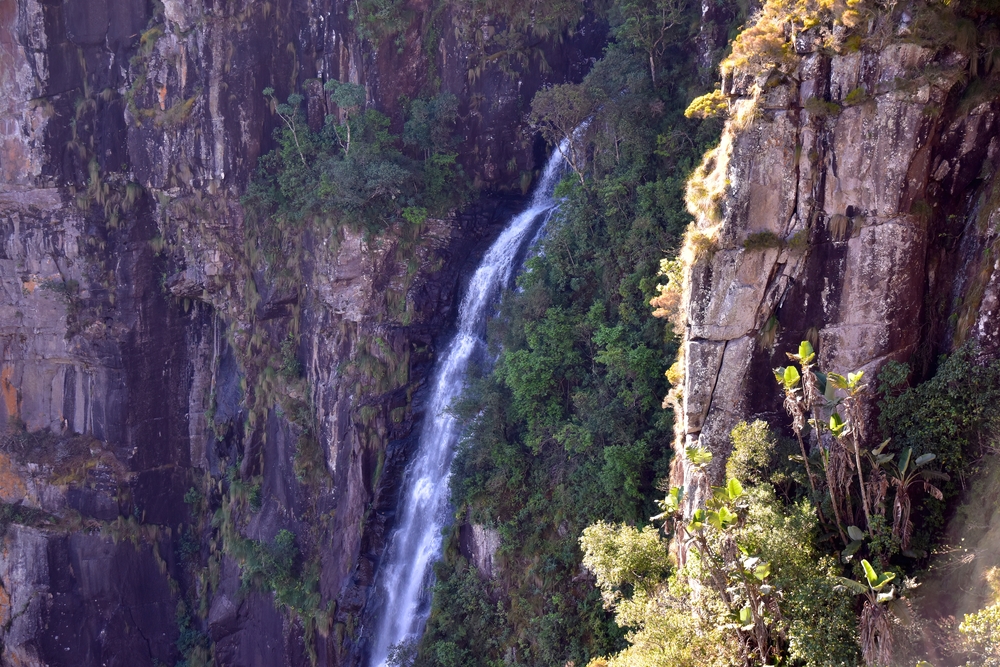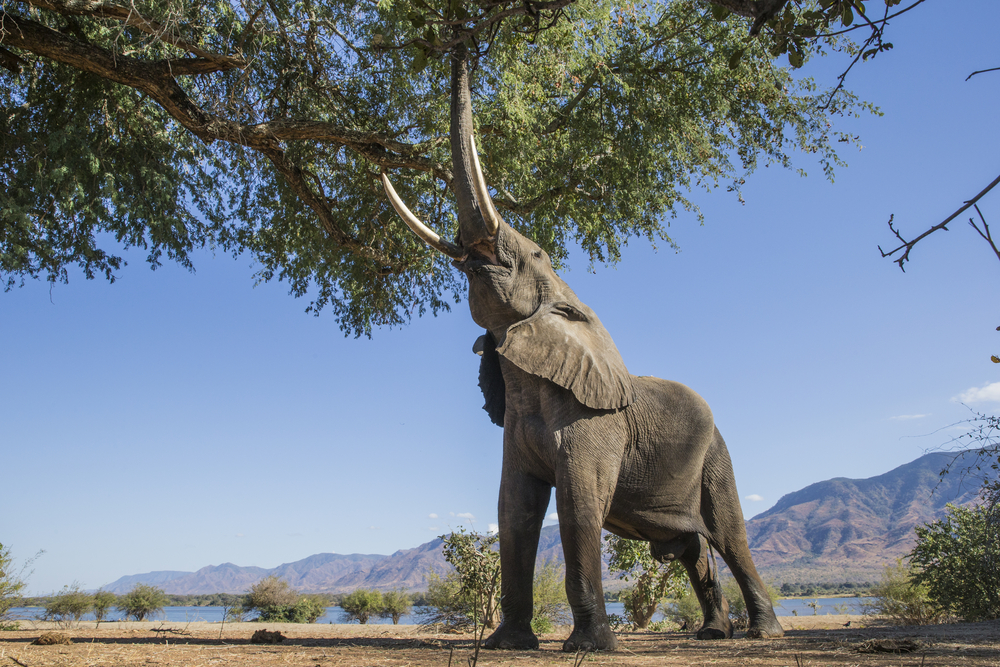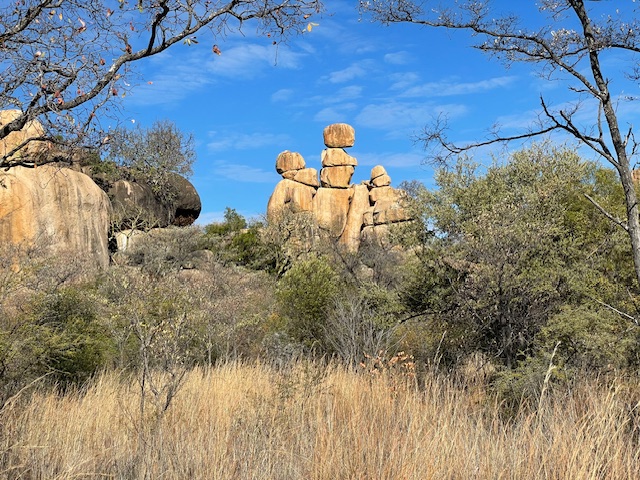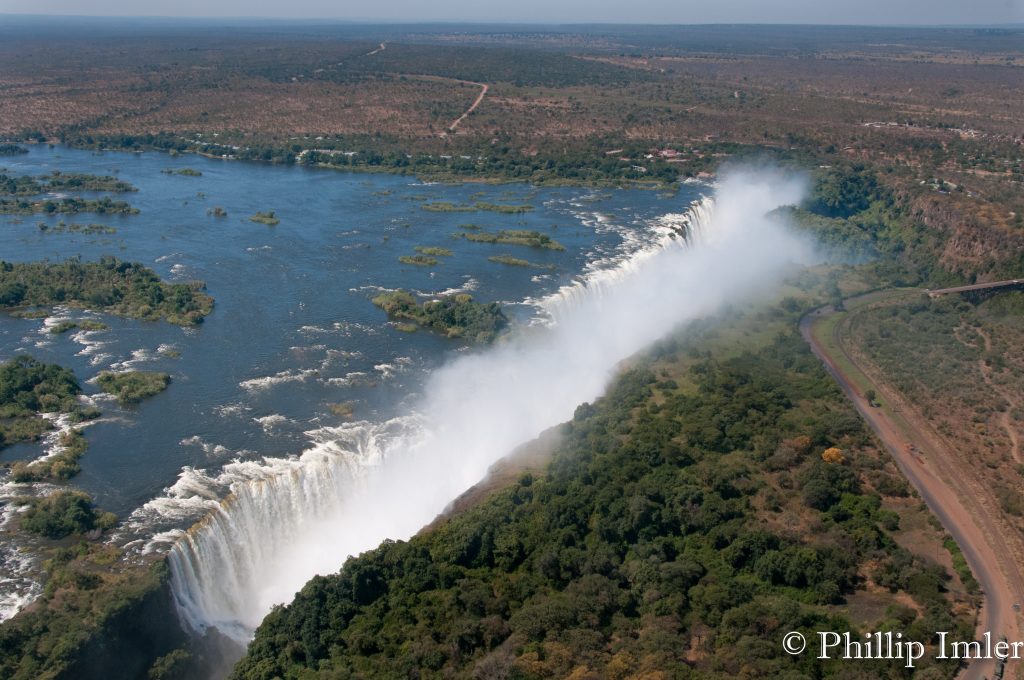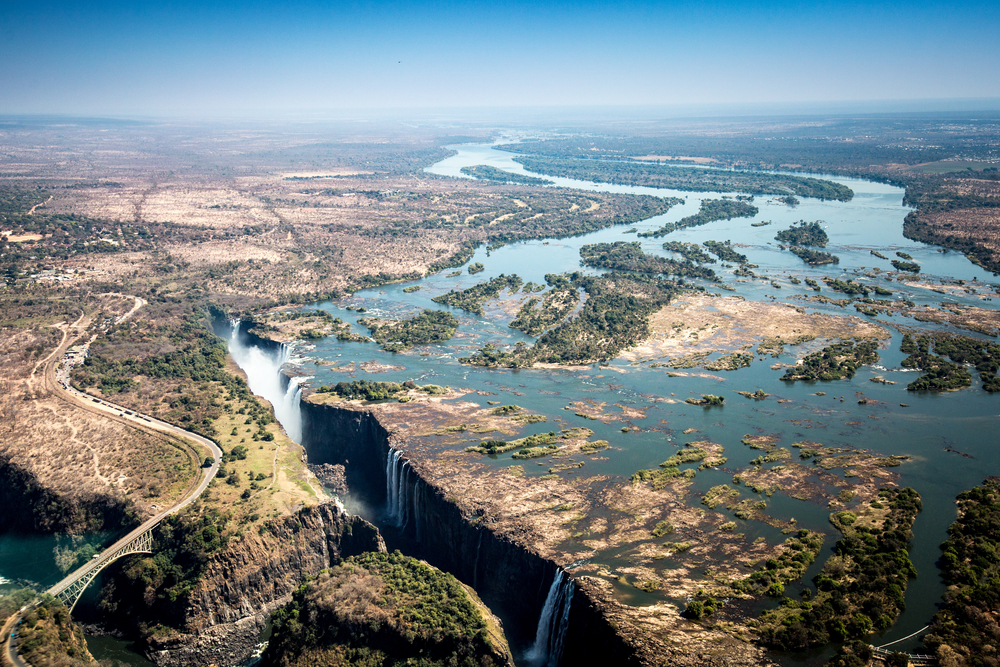Nyanga Overview
Nyanga National Park, known locally as “Paki yeNyanga,” is one of Zimbabwe’s most picturesque and oldest national parks, established in 1949. Situated in the eastern highlands of Zimbabwe, this 47,000-hectare (116,162-acre) park is renowned for its dramatic landscapes, rolling green hills, and misty mountain ranges. Located in the province of Manicaland, Nyanga lies at an elevation of approximately 2,000 to 2,500 meters (6,562 to 8,202 feet), making it the highest park in Zimbabwe and one of the coolest regions in the country.
The park is home to Mount Nyangani, Zimbabwe’s tallest peak at 2,592 meters (8,504 feet). Hikers are drawn to its accessible trails, panoramic views, and mystic aura, as local legends add intrigue to the experience. The park also boasts a wealth of waterfalls, including the Pungwe Falls, which cascade 240 meters (787 feet) into the lush valleys below, and the Mutarazi Falls, Zimbabwe’s highest waterfall, plunging 762 meters (2,500 feet). These natural wonders create breathtaking vistas and are favorite spots for adventurers and photographers.
Nyanga National Park supports diverse wildlife, including antelope species such as kudu and eland, as well as smaller mammals like bushbuck and duikers. The park’s rivers and dams are teeming with fish, particularly trout, making it a popular destination for anglers. Birdwatchers will delight in spotting species like the augur buzzard, black eagle, and various sunbirds, which thrive in the park’s varied habitats.
The park is also steeped in cultural history, with remnants of ancient stone terraces and hilltop fortresses that once housed the Rozvi people. These archaeological sites provide a glimpse into Zimbabwe’s precolonial past and are a unique feature of the park. The Nyanga Plateau, dotted with these relics, blends cultural heritage with natural beauty, offering a truly enriching experience.
Nyanga National Park is recognized for its conservation efforts, particularly in preserving the fragile montane ecosystems unique to the region. The park’s management emphasizes sustainable tourism, anti-poaching initiatives, and reforestation programs to mitigate the effects of deforestation. Collaboration with local communities is key to the park’s success, ensuring that eco-tourism provides benefits to both the environment and the people who depend on it.
Visitors to Nyanga can enjoy a variety of activities, from hiking and fishing to horseback riding and birdwatching. Well-maintained lodges and camping facilities cater to different types of travelers, making it accessible for families, adventure seekers, and nature enthusiasts. The cool climate, combined with the stunning scenery and cultural significance, makes Nyanga National Park a must-visit destination in Zimbabwe.








































































